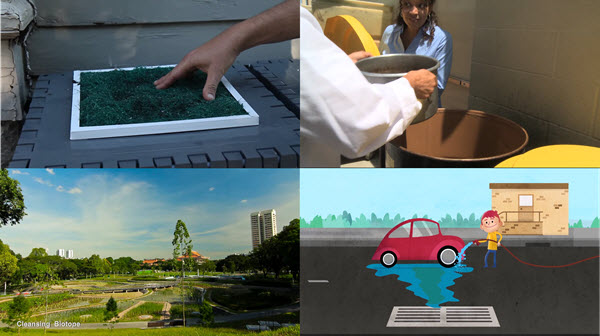Turning red streams blue is taking on a whole new meaning in Britain. On maps, red streams typically denote impaired waters while healthy streams are shown in blue. However, the Medlock, a major river in England, is known as the red river for the 8 million red Accrington bricks that line the river culvert. The culvert was created after a flood washed more than 60 bodies from a local cemetery downstream. However, the channelization only worsened flooding. Daylighting on a 1.8-km stretch of the Medlock is currently under way and is scheduled for completion in 2014.
The hope is that this project will serve as a model for other river restorations throughout the U.K. Many rivers and streams throughout the U.K. were buried and channelized during the country’s industrial age. According to RESTORE, a partnership of organizations including the Environment Agency, London alone has about 20 lost rivers, including the Tyburn, Effra, and Fleet. Restoring rivers is part of Britain’s response to the European Union Water Framework Directive, and the Environment Agency, with the help of its partners, has pledged to restore more than 15,290 km of streams and rivers to natural waterways. Other projects are currently under way, and the restoration of both the Quaggy and Irwell rivers has demonstrated the success of the program. Reconnecting the River Quaggy with its natural course helped create a wetland and flood storage areas. Further, nearby parks have become valued recreation areas. Check out a map of river restoration case studies.




